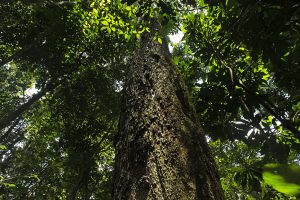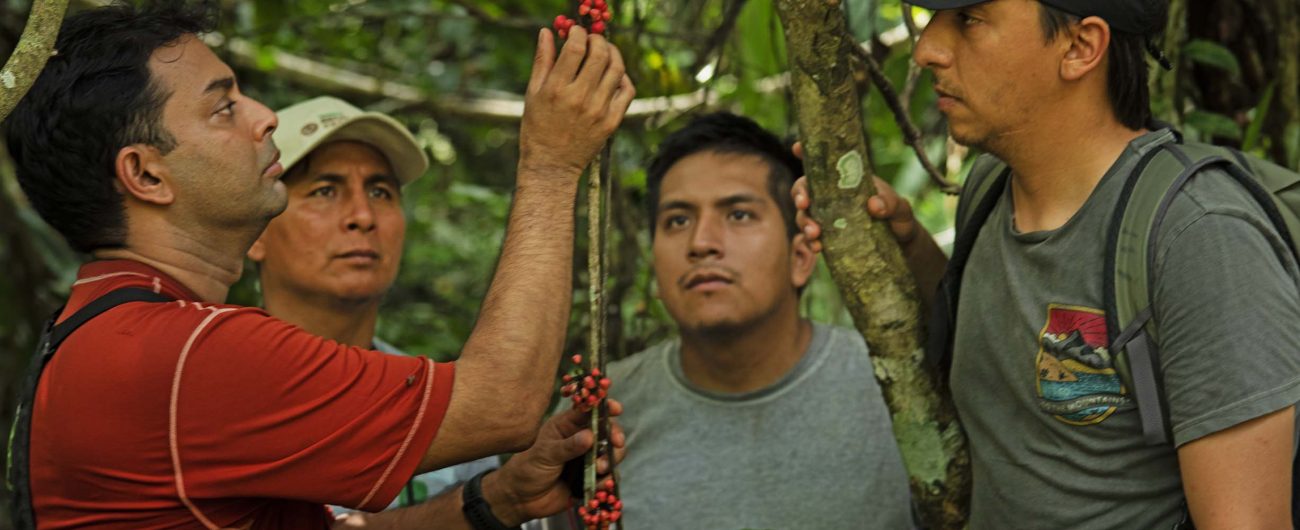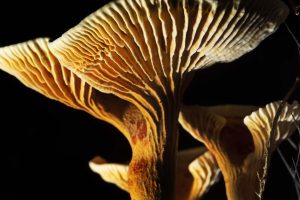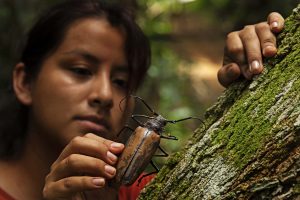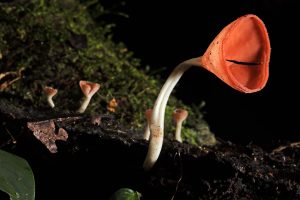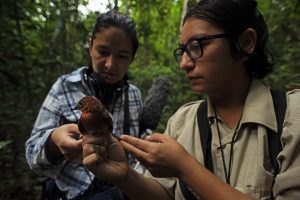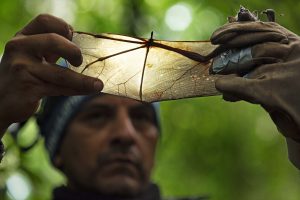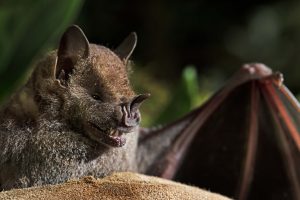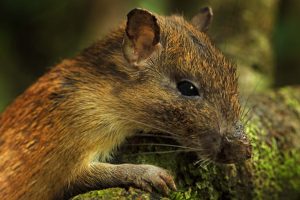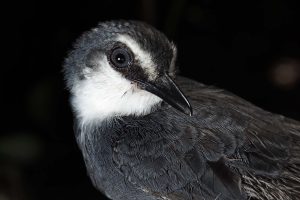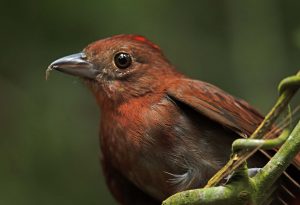March, 2022
In line with our commitment to conservation, and within the framework of our Science Program, we conducted a new scientific evaluation; this time in the Brazil nut forests located in Nuevo Paraíso; part of the area protected by the REDD+ Brazil Nut Concessions conservation project developed by BAM in Madre de Dios.
This expedition was carried out in collaboration with expert researchers from the Natural History Museum of the University of San Marcos (UNMSM), as part of the agreement between BAM and UNMSM for the scientific development of the Peruvian Amazon. This joint work seeks to promote scientific research and collaboratively carry out continuous inventories of biological diversity, with emphasis on communities, ecosystems and species that are threatened and/or new to science. In addition, specialists in botany, ornithology (birds), mastozoology (mammals), entomology (insects) and herpetology (amphibians and reptiles) supported the project.
At the end of the rainy season and after 10 days of research, they recognized the great variety of wildlife and nature that inhabits our forests, obtaining fascinating results and identifying threatened and/or endangered species.
According to Dr. Varun Swamy, accompanying scientist from the San Diego Zoo Wildlife Alliance, in his more than 20 years of experience in the region, the site evaluated constitutes a “good representation of a primary forest and has a high diversity of species characteristic of the high alluvial terraces of Madre de Dios”.
Mammal diversity was estimated at 38 species belonging to 19 families. The greatest number of bat species identified presented a frugivorous diet (fruit eaters), which suggests a good forest condition given that these species are key to seed dispersal and forest regeneration.
“The most outstanding records for the concession were the jaguar or otorongo (Panthera onca) and the tapir or sachavaca (Tapirus terrestris), both protected by Peruvian legislation and in the categories of “Near Threatened” and “Vulnerable” respectively, according to the IUCN, so these records suggest a favorable degree in terms of the state of the forest to host these species. In addition, 6 species of primates were recorded along with deer, huanganas or bush pigs, all species indicative of the good health of the forest in the concession.” Dr. Victor Pacheco Torres, scientist in charge of mastozoology at the UNMSM Natural History Museum.
“The birds recorded suggest that species richness is relatively high given the type of forest visited. It is important to highlight the presence of the common curassow (Mitu tuberosum), categorized as Near Threatened (NT) in both the IUCN Red List of Threatened Species and the Peruvian Red Book of Threatened Species”. Dr. Letty Salinas Sánchez, scientist in charge of ornithology at the Museum of Natural History UNMSM.
The expeditions carried out as part of the REDD+ Brazil Nut Concessions project aim to identify and evaluate the value and ecological importance of the ecosystems found in the Brazil nut forests of Madre de Dios, promoting their conservation within the framework of compliance with the international standards Verified Carbon Standard (VCS) and Climate Community and Biodiversity (CCB).
Generating knowledge about the importance of the Amazon forests is fundamental to continue contributing to conservation and respect for biodiversity.
